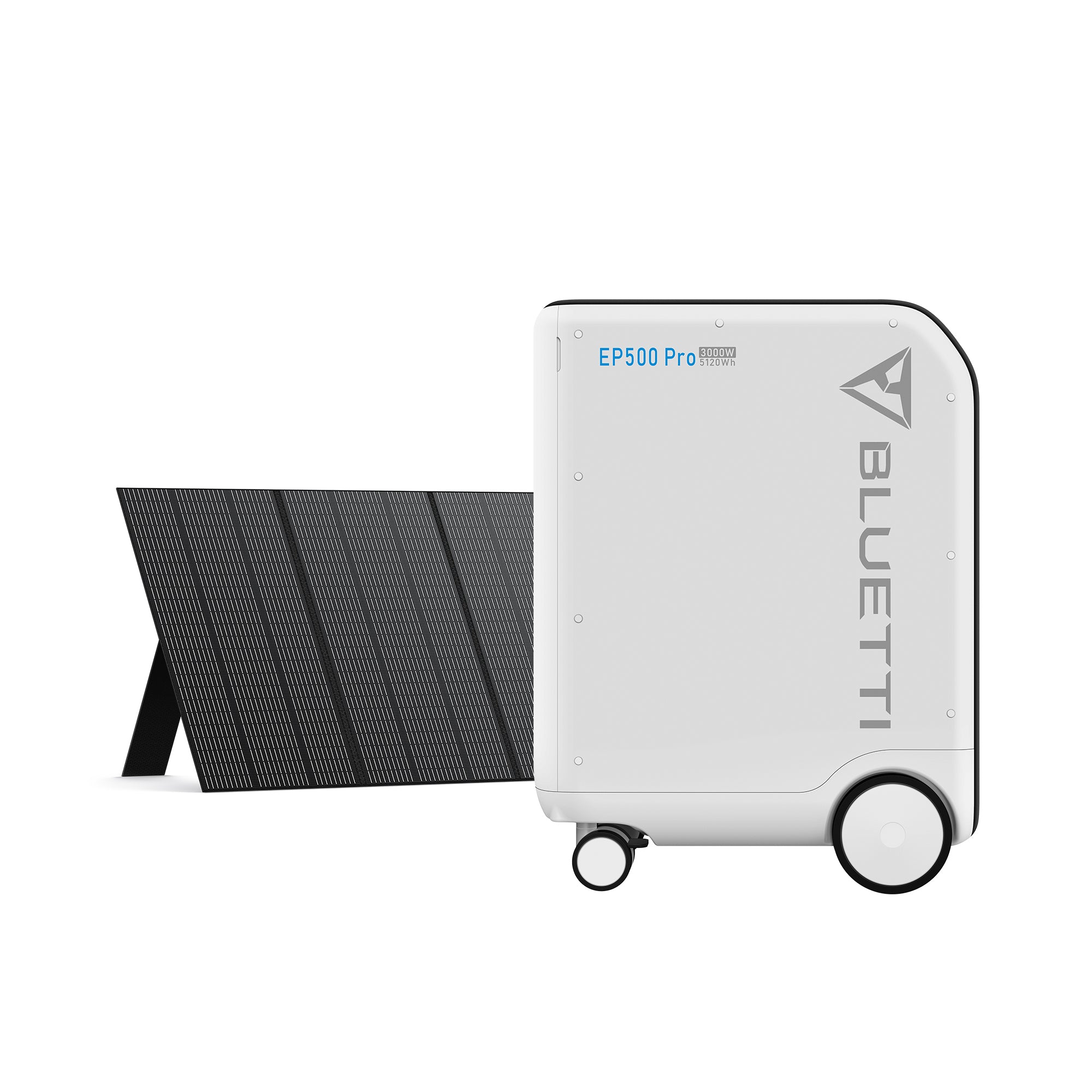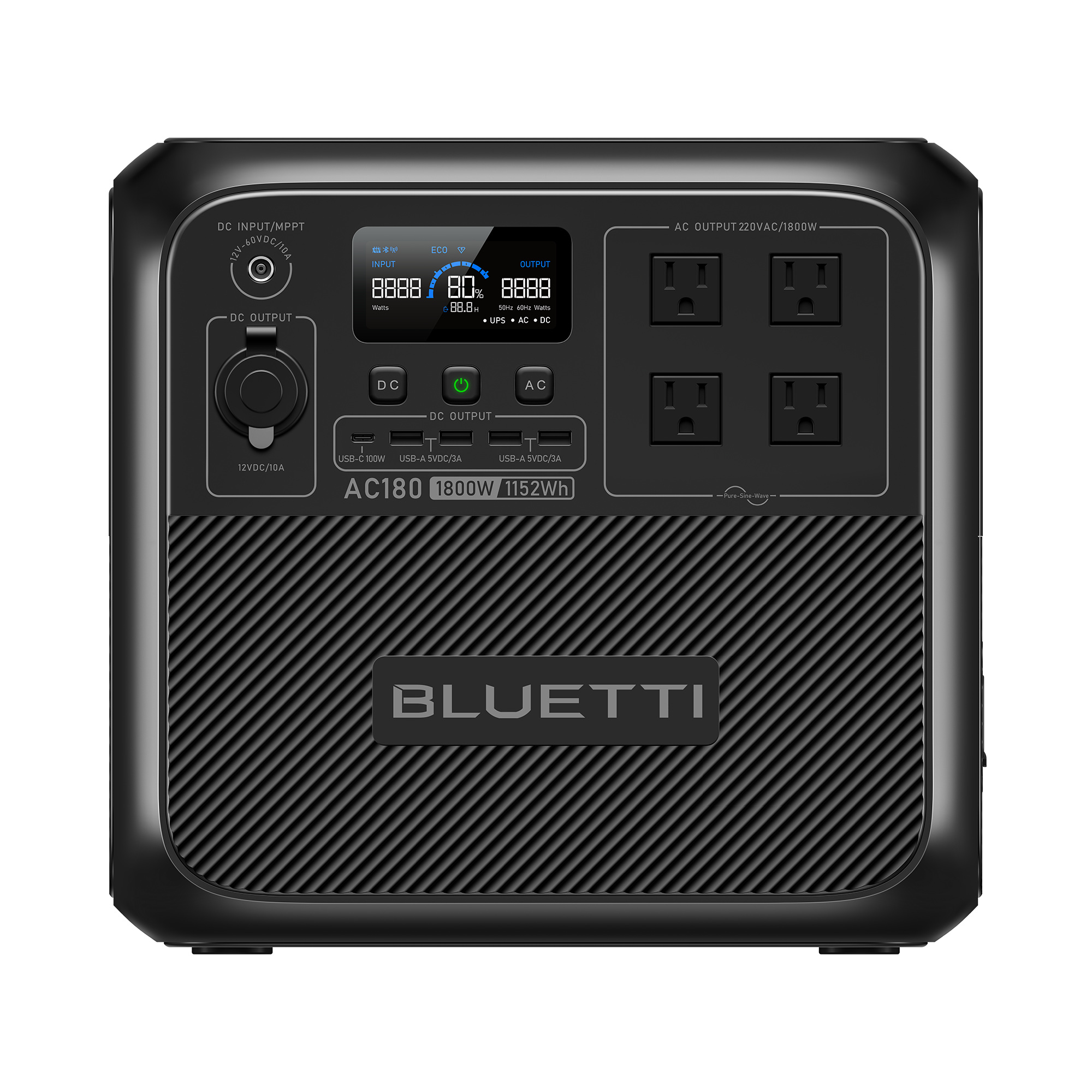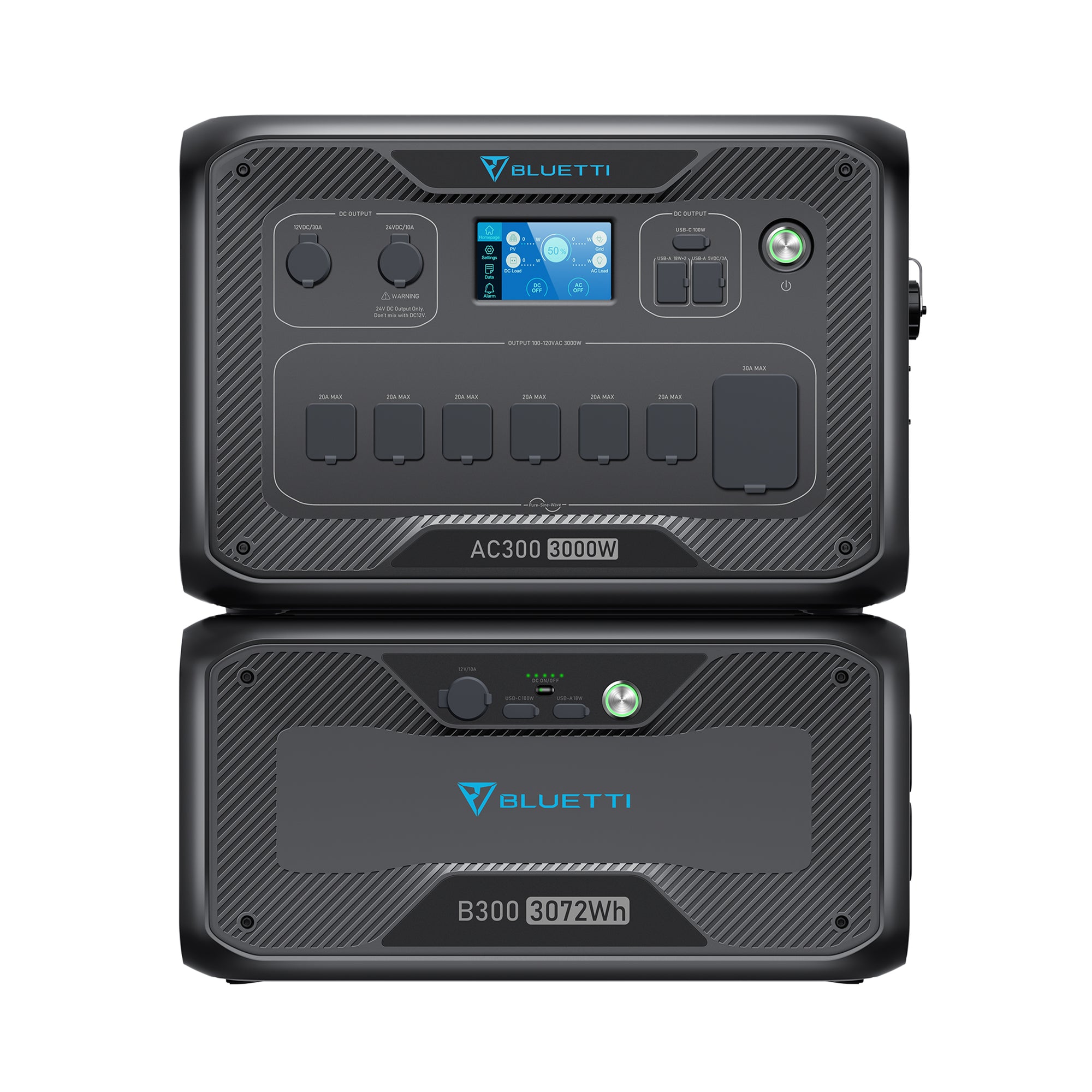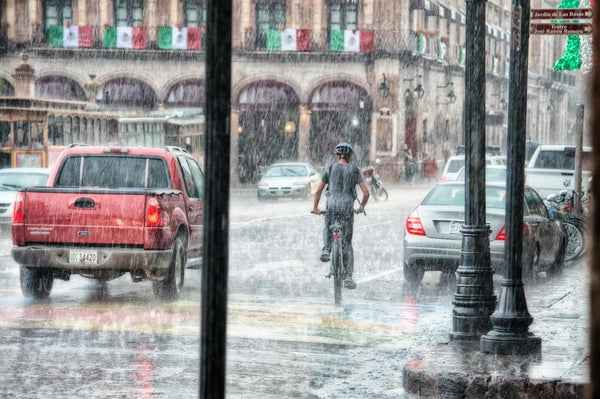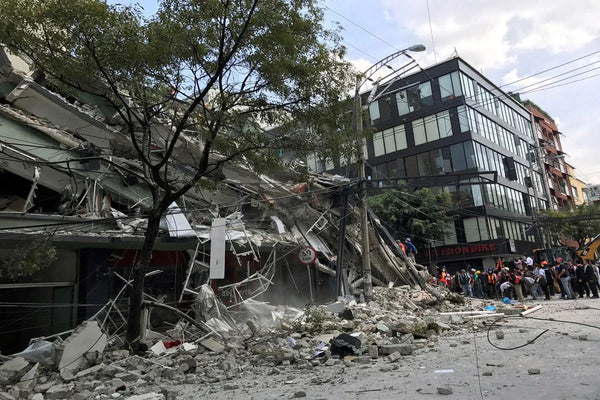
In the Philippines, where typhoons frequently strike with devastating force, being prepared for these natural disasters is of paramount importance. With an average of 20 typhoons entering the country each year, Filipinos must equip themselves with the knowledge and resources to safeguard their lives, families, and properties. While the government addresses underlying issues that are exacerbated by climate change, such as deforestation and urban planning, individual preparedness remains a crucial aspect of typhoon survival.
This guide explores essential safety measures to take before, during, and after a typhoon, drawing from expert advice and real-life experiences. By understanding these practices and adopting a proactive approach, Filipinos can significantly reduce the impact of typhoons on their communities and promote greater resilience in the face of nature's fury.
What to Do Before a Typhoon: 9 Things to Prepare
Typhoons are a common occurrence in the Philippines, and being prepared before a typhoon strikes is crucial for ensuring the safety and well-being of yourself and your loved ones. While the Philippines' resilience in the face of storms is admirable, proactive preparedness can significantly minimize the impact of these natural disasters on lives and properties.
Create a Disaster Plan:
Having a well-thought-out disaster plan is the foundation of typhoon preparedness. Sit down with your family members and discuss the steps you will take in case of a typhoon. Identify safe evacuation routes and establish a designated meeting place in case family members get separated.
Prepare an Emergency Go Bag:
An emergency go bag, also known as a grab-and-go bag or survival kit, is a vital tool for surviving the aftermath of a typhoon. This low-cost kit should contain essential items like ready-to-eat food, bottled water, face masks, a first-aid kit, a flashlight, battery-operated radio, extra clothes, and important documents. Having these items readily available will sustain you and your family for several days until normalcy is restored.
Prepare a Portable Power Station:
In addition to the essential items in your emergency go bag, consider including a BLUETTI portable power station as a crucial part of your typhoon preparedness. These reliable power stations can serve as a lifeline during extended power outages caused by the typhoon. With their capacity to store energy from solar panels or the grid, BLUETTI power stations can keep your essential devices charged and functional, providing communication, light, and power for medical equipment if needed. Having a BLUETTI power station on hand ensures that you and your family can stay connected and informed even during prolonged periods without electricity.
Stock Up on Supplies:
As typhoons can disrupt regular access to food and water, it is essential to stock up on supplies before a typhoon strikes. Ensure you have enough food and drinking water to last for at least three days. Consider non-perishable items that do not require cooking, such as canned goods and instant foods.
Secure Your Home:
Before a typhoon hits, secure your home by checking for any weak points that may need reinforcement. Board up windows and secure doors to prevent damage from high winds. Move outdoor furniture and loose objects indoors to prevent them from becoming hazardous projectiles during the storm.
Have a Safety Plan for Pets:
Remember to include your pets in your preparedness plan. Make sure they have identification and consider microchipping them. Decide whether they can safely stay with you at home or if it's better to evacuate them to a safer location. Don't leave them behind during the evacuation.
Withdraw Cash:
During and after a typhoon, access to online banking and ATMs may be limited due to power outages. Having cash on hand is essential for purchasing emergency supplies and getting by during the immediate aftermath of the typhoon.
Ready Your Tech:
Ensure all electronic devices and power banks are fully charged before the typhoon hits. Consider investing in solar-powered lamps and battery-powered radios, as they can be invaluable during extended power outages.
Decide Where to Stay:
If you live in a low-lying area prone to flooding, consider whether it's safer to stay at home or evacuate to higher ground. If evacuation is necessary, identify friends or family who can provide temporary shelter.
Taking these proactive steps before a typhoon can make a significant difference in the safety and well-being of your family. Preparedness is key to mitigating the impact of natural disasters, allowing you to weather the storm with greater resilience and peace of mind.
What to Do During a Typhoon: 8 Things to Remember
During a typhoon, staying safe and taking the right actions can mean the difference between life and death. Typhoons can bring torrential rains, strong winds, and widespread flooding, making it crucial to remain vigilant and follow safety protocols. Here are essential steps to take during a typhoon:
Stay Away from Hazardous Areas:
Avoid low-lying and flood-prone areas during a typhoon. If you live in such an area, evacuate to higher ground to avoid the risk of flash floods. Steer clear of rivers, streams, and coastal areas, as they are prone to sudden flooding and dangerous currents.
Seek Shelter and Stay Put:
Find a safe and secure place to shelter during the height of the typhoon. If you are at home, gather in the designated safe area with your emergency go bag and other essential supplies. Stay away from windows, as they can shatter due to high winds and flying debris.
Listen to Weather Updates:
Tune in to a reliable AM radio station or use battery-operated radios to stay informed about the latest weather updates and road conditions. Knowing the current situation can help you make informed decisions and stay safe during the typhoon.
Avoid Driving and Traveling:
Cancel all travel and outdoor activities during a typhoon. Roads may become impassable due to flooding and debris, making driving dangerous. If you need to go somewhere urgently, practice safe driving techniques and avoid areas prone to flooding and landslides.
Take Care of Your Health:
During a typhoon, prioritize your health and safety. Wear dry and warm clothing to protect yourself from the elements. Avoid wading through floodwaters to prevent waterborne diseases and electric shock from submerged power lines.
Conserve Resources:
With power outages likely during a typhoon, conserve your phone's battery and use it only when necessary. If you have solar-powered or battery-operated lamps, use them for lighting instead of relying on scarce flashlight batteries.
Keep Pets Safe:
If your pets are staying with you at home, ensure they are safe and secure indoors. Pets can get frightened during the storm and may try to escape. Keep them away from windows and dangerous areas and provide them with comfort and reassurance.
Remain Calm and Comfortable:
It's normal to feel anxious and distressed during a typhoon, but try to remain calm and composed. Having pillows, blankets, and comforting items can help ease anxiety. Engaging in board games or other activities can distract from the stressful situation.
Remember that the safety of yourself and your family is paramount during a typhoon. Stay put in your designated safe area, avoid unnecessary risks, and be prepared to weather the storm until it passes. Following these guidelines will help ensure your well-being and survival during a typhoon's impact.
What to Do After a Typhoon: 11 Things Need to Attention

After a typhoon has passed, the risks and challenges may not be over yet. It's essential to proceed with caution and take specific actions to ensure safety and recovery. Here are vital steps to follow after a typhoon:
Assess the Damage:
Once the worst of the typhoon has subsided, carefully assess the damage to your home and surroundings. Check for any structural damage to your house and potential hazards like fallen trees or power lines. Avoid going outside until it's safe to do so.
Check Supplies and Ration:
Inspect the emergency supplies you prepared before the typhoon to ensure they are intact and usable. Check food and water stocks, and ration them if your area was severely affected and access to resources is limited. Prioritize using perishable items first.
Listen to Official Updates:
Keep your radio tuned to an AM station for official updates on the weather conditions and post-typhoon advisories. Stay informed about evacuation orders, rescue efforts, and assistance programs available in your area.
Communicate with Loved Ones:
Try to establish communication with your family members and friends to ensure their safety and well-being. Inform them of your situation and let them know that you are okay. Communication lines may be disrupted, so keep trying through various means.
Start the Cleanup Process:
Begin cleaning up inside and outside your home as soon as it's safe to do so. Remove debris, fallen branches, and other hazards from your property. Be cautious while doing this, and wear appropriate protective gear like boots and gloves.
Be Cautious of Water Sources:
With floods and heavy rains, water sources may become contaminated. Boil tap water before consuming it or rely on bottled water until authorities declare tap water safe to drink. Empty out any standing water around your home to prevent mosquito breeding.
Seek Medical Attention if Necessary:
If you or any family member sustained injuries during the typhoon, seek medical attention promptly. Treat minor injuries with your first-aid kit, but for more severe cases, contact emergency medical services.
Take Care of Your Mental Health:
Experiencing a traumatic event like a typhoon can take an emotional toll on individuals and families. Reach out to friends, family, or support groups to talk about your experiences and feelings. It's essential to address mental health concerns and seek pro-professional help if needed.
Stay Updated on Weather Conditions:
Even after the typhoon has passed, the weather conditions may still pose risks. Stay updated on weather forecasts to prepare for any potential aftershocks or subsequent storms that may affect your area.
Cooperate with Relief Efforts:
If there are relief efforts and humanitarian organizations assisting in your area, cooperate with them and follow their instructions. Don't hesitate to seek help or offer assistance to those in need.
Document Damages for Insurance Claims:
If you have insurance coverage for damages caused by the typhoon, document the extent of the damages with photographs and a detailed list of items affected. This documentation will be crucial when filing insurance claims.
Remember that recovery after a typhoon may take time, and it's essential to be patient and resilient. By taking appropriate actions and staying informed, you can navigate the aftermath of a typhoon more effectively and ensure the safety and well-being of yourself and your community.
How Do You Survive a Typhoon in the Philippines?

Surviving a typhoon in the Philippines demands foresight, preparedness, and a strong sense of community. With the country experiencing an average of 20 typhoons annually, being well-prepared is essential to minimize the impact of these natural disasters. While the government addresses underlying issues that exacerbate the effects of typhoons, individuals must take personal responsibility for their safety. Here are vital tips on how to survive a typhoon in the Philippines:
Prioritize Physical and Mental Health:
Living in a low-lying and flood-prone area demands physical strength to endure floodwaters, strong winds, and other harsh elements. Stay healthy by maintaining a good diet, exercising regularly, and getting enough rest. Prioritize mental well-being as well, as natural disasters can lead to mental health problems. Practice stress-reducing techniques and seek support from loved ones to cope with anxiety, depression, or post-traumatic stress disorders.
Create an Emergency and Survival Plan:
During a typhoon, time is of the essence. Plan ahead and discuss survival measures with your family to avoid confusion and save precious minutes. Assign specific tasks to each family member, including packing essentials like flashlights, power banks, and emergency supplies. Allocate someone to prepare food and drinking water for everyone's needs. Having a well-organized plan can make a significant difference in navigating through the crisis.
Obtain Insurance Coverage:
In times of crisis, having insurance can provide peace of mind and financial security. Consider getting comprehensive insurance policies such as car insurance, health insurance, and life insurance to protect your assets and loved ones. Even on a tight budget, there are affordable insurance options available that offer significant coverage. Additionally, ensure that elderly family members have health cards for senior citizens to address their medical needs.
Leverage the Power of Social Networks:
Social media has proven to be a powerful tool during disasters. Expand your social network and stay connected with friends and acquaintances. In case of evacuation or emergency, sharing vital information and seeking help through social media can be a lifeline. Communities coming together online during Typhoon Ulysses showed how collective efforts can aid rescue operations and provide much-needed support during critical times.
Equip Yourself with Emergency and Survival Skills:
Learning essential emergency skills can be life-saving during a typhoon. Acquire knowledge in basic first aid, cardiopulmonary resuscitation (CPR), and wound care. These skills can be crucial in providing immediate assistance to injured individuals. Additionally, developing skills in basic carpentry, electrical repair, or other trades can be valuable sources of income in post-typhoon recovery.
By following these vital safety tips, you can enhance your chances of surviving a typhoon in the Philippines. Preparedness, resilience, and community support are key factors in minimizing the impact of this natural disaster on your life and the lives of others around you. Remember, together, we can face and overcome the challenges brought by these powerful storms.
Final Thoughts:
In the face of nature's fury, it is crucial to prioritize safety and preparedness to protect our loved ones and ourselves from the devastating impact of a typhoon. As we have learned from the valuable safety tips provided, taking proactive measures before, during, and after a typhoon can make a significant difference in minimizing risks and safeguarding our lives and properties.
Being prepared means having a well-thought-out plan in place. Understanding the importance of emergency kits, securing our homes, and staying informed about weather updates are vital aspects of this preparation. By heeding advice from experts and disaster management organizations, we can be better equipped to face the challenges that typhoons pose.
FAQ:
How can we prepare before a typhoon hits our place?
Prepare by creating a disaster plan, assembling an emergency go bag, securing your home, having a safety plan for pets, and ensuring adequate food, water, and cash supplies.
What should I checklist for a typhoon?
The checklist includes a disaster plan, emergency go bag, food, water, secure home, safety plan for pets, cash, charged devices, and evacuation options.
How do you clean up after a typhoon?
Clean up by ensuring safety, removing debris, inspecting and repairing, cleaning and disinfecting, and proper waste disposal. Seek professional help for extensive damage.
What are the do's and don'ts after a typhoon?
Do's: Listen to local authorities, check on loved ones, use stored supplies, inspect the home for damage, and stay informed.
Don'ts: Avoid going outside during the storm, flooded areas, using damaged electrical appliances, drinking tap water, and unnecessary travel.
What are 3 precautionary measures before during and after a typhoon?
Before: Create a disaster plan, stock up on supplies, and secure your home.
During: Stay indoors, have an emergency kit, and listen to weather updates.
After: Ensure safety, dispose of waste properly, and seek professional help for extensive damage.
